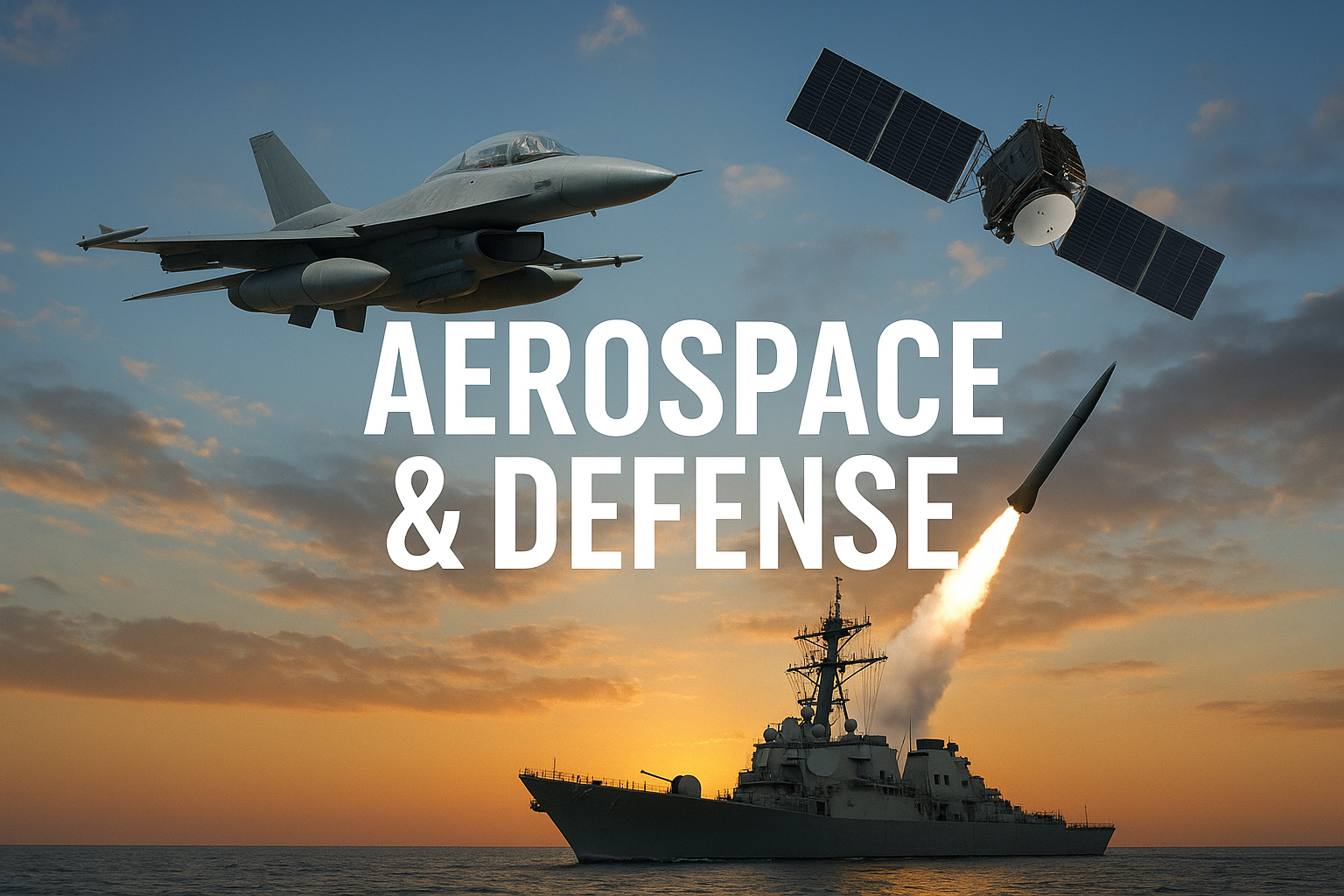-
Новости
- ИССЛЕДОВАТЬ
-
Страницы
-
Группы
-
Мероприятия
-
Статьи пользователей
-
Offers
-
Jobs
-
Форумы
Impact of Advanced Electronics and Sensors on Targeting Pods Performance

For suppliers aiming to succeed in the expanding Targeting Pods Market, it’s essential to align strategy with evolving market size, share, growth, trends and forecast dynamics. With the market growing from USD 4.5 billion in 2024 to an anticipated USD 8.9 billion by 2035 at a CAGR of ~6.4%, the opportunities are significant—but so is competition.
In the third paragraph we integrate the concept of “market forecast” and segmentation insights: Fit (OEM vs upgrade) remains an important axis; Type differences (FLIR & laser designator vs laser spot tracker) determine cost and function; Component innovation (FLIR sensor, CCD camera, etc) is a differentiator; Platform segmentation (combat aircraft, helicopters, UAVs) aligns with customer needs; Regional segmentation gives insight into geographical share dynamics (Europe, North America, Asia-Pacific, etc). Utilising this detailed analysis allows strategic planning for targeted market entry and growth.
Strategic Priorities for Suppliers
-
R&D and Innovation Focus: Investing in next-gen sensors and datalinks (especially thermally-cooled IR) will be key as the report highlights this as a major opportunity.
-
Lifecycle & Upgrade Services: As many airframes are being modernised rather than replaced, the “upgrade fit” segment is crucial. Suppliers who can offer retrofit solutions will capture significant share.
-
Modularity & Open Architecture: Designing pods that can be easily upgraded or integrated into mission-systems will future-proof offerings and appeal to defence buyers looking for longevity and scalability.
-
Regional Strategy: Focus on Europe and Asia-Pacific markets. Europe remains dominant, yet Asia-Pacific offers high growth. Suppliers should forge regional partnerships to capitalise on procurement trends.
-
Systems Integration & Data Analytics: Beyond hardware, companies will win by offering analytics, mission support, network integration and interoperability services — turning pods into part of a larger warfare ecosystem.
Market Trends to Leverage
The targeting pods market Trends is influenced by evolving threat environments, the proliferation of UAVs, multi-domain operations and the push for precision non-kinetic targeting. Trends such as increased emphasis on sensor fusion, unmanned platforms, and interoperable mission architectures will drive demand. The forecast underscores this trajectory to 2035.
Share Battles & Competitive Landscape
While established vendors like Lockheed Martin, Thales Group, Raytheon Company and Northrop Grumman dominate, there is room for niche players who focus on specific platforms (e.g., UAVs) or retrofit markets. Strategic alliances, cost optimisation and regional manufacturing will influence share shifts in the coming decade.
FAQs
Q1: What is a winning product strategy in the targeting pods market?
A1: A winning strategy involves focusing on modular upgrades, sensor innovation (especially IR/FLIR), retrofit capability for existing platforms, offering lifecycle services, and regional partnerships to suit local procurement dynamics.
Q2: How large is the market opportunity through 2035?
A2: The market is projected to almost double, from USD 4.5 billion in 2024 to USD 8.9 billion by 2035, implying significant opportunity for suppliers aligned with growth trends.
Q3: Where should suppliers focus their geographic efforts?
A3: Suppliers should maintain strong presence in Europe (current dominant region) while building capabilities and partnerships in Asia-Pacific, which is poised for the fastest growth
- Art
- Causes
- Crafts
- Dance
- Drinks
- Film
- Fitness
- Food
- Игры
- Gardening
- Health
- Главная
- Literature
- Music
- Networking
- Другое
- Party
- Religion
- Shopping
- Sports
- Theater
- Wellness
